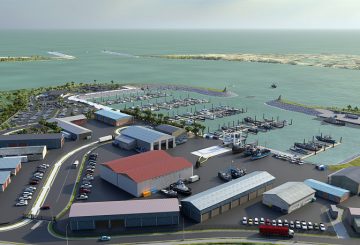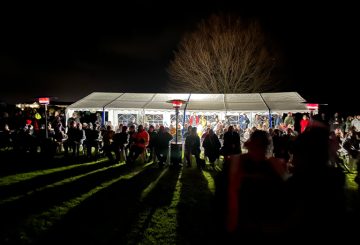一种语言何时会灭绝,何时才处于休眠状态?这是许多语言学家都在努力解决的问题。不再有母语使用者的语言,即那些小时候就学过的语言,通常被视为 “死了”。但是,它并不总是那么简单。
以查塔姆群岛的莫里奥里语为例。最后一位以 Ta rMoriori 为母语的人在 20 世纪初去世,但该语言有着丰富的历史记录,与 te reo 毛利语有许多相似之处。
这激发了奥克兰大学与Hokotehi Moriori信托基金合作开展的一个项目。目标是转录、翻译并充分理解森奥里语的所有现有文本。目的是深入了解该语言的语法特性,并最终生成语言语法。
莫里奥里人生活在距离新西兰东海岸约800公里的雷科胡岛或查塔姆群岛。他们有独特的文化和语言。但是,1800年代欧洲人的到来,随后是来自新西兰奥特亚罗瓦的两个毛利部落,导致毛利人及其语言的迅速下降。
尽管如此,莫里奥里语还是以各种形式得以保存,使其成为语言复兴的理想人选。这包括一本写于1889年的小词典、一组短篇小说以及莫里奥里在1862年给新西兰州长的请愿书。
复兴一门语言似乎雄心勃勃,但以前已经这样做过。来自美国马萨诸塞州的 Wampanoag 语在 19 世纪 90 年代失去了最后一位说话者。但是,包括政府记录和宗教文本在内的大量书面文献档案可供查阅。20 世纪 90 年代,Wampanoag 社区的一位成员开始分析这些文本,并得以构建字典和语法。到2014年,有50名儿童被认为母语流利。
有时,“沉睡语言” 是指目前尚未代代相传的语言的更准确的术语。复兴的语言将不可避免地与原始语言略有不同。如果成年人要从课本中学习莫里奥里语,他们可以获得大量的单词和语法结构。然后,孩子向成年人学习 “新” Moriori 会本能地填补空白——很可能是他们听到的其他语言,例如毛利语或英语。
因此,不能说 Ta ré Moriori 已经死亡或灭绝,因为很有可能再次听到它的声音。即使是现在,森织自己也在查塔姆群岛周围使用森利的单词、短语和歌曲。最好称之为睡觉——希望有一天我们能把它叫醒。




























































